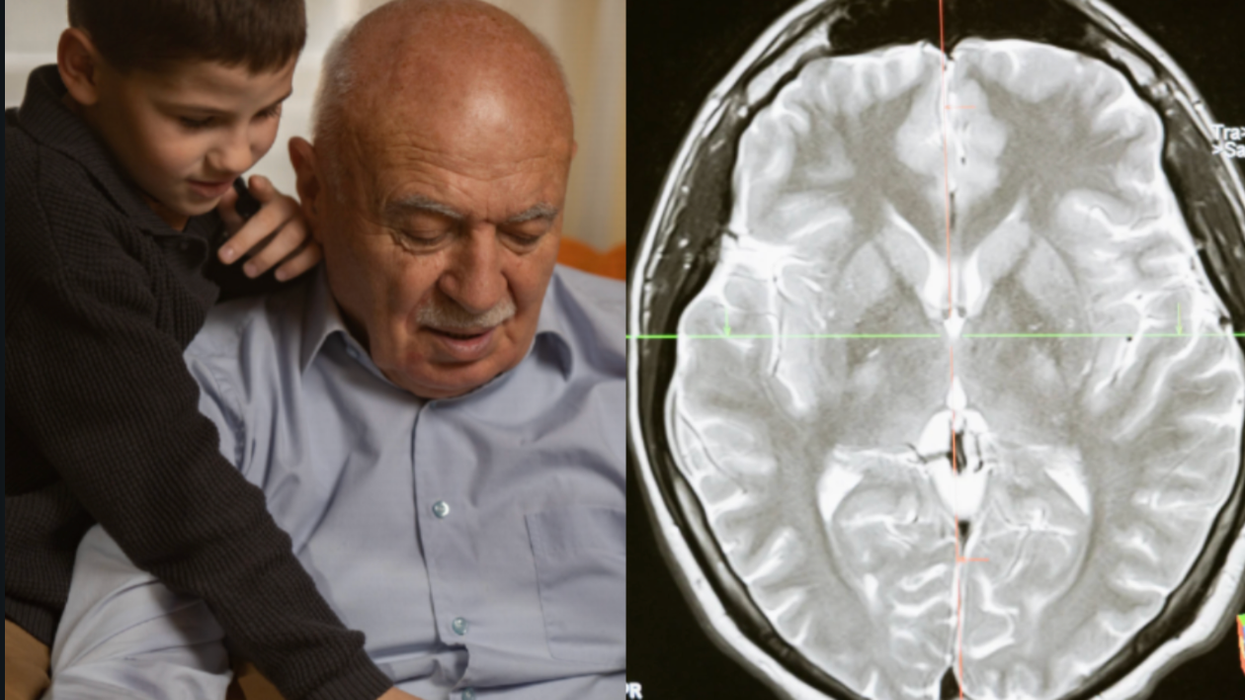Are we helping kids stay active? The answer is a resounding no, according to a newly released study from the Sports & Fitness Industry Association and the Aspen Institute. While almost 45% of kids ages 6 to 12 played a team sport regularly in 2008, according to Aspen data, that number has been on a steady decline and has now dropped to about 37% as of last year. Experts point to a number of reasons for this dip in participation, citing everything from a lack of trained coaches to the rising costs of equipment.
But just as with every fall off the balance beam or skinned knee, wherever there’s a problem, there is also a solution. Here are three ways to help boost youth participation in sports right now.
Become a Mentor or Coach
Data shows that today’s youth have largely stepped away from the “big four” major sports — baseball, basketball, football, and soccer — in favor of activities like gymnastics, golf, ice hockey, and track and field.
So think outside the proverbial field. Becoming a youth coach or mentor isn’t restricted to teaching the proper batting stance. Your involvement can range from volunteering at fundraisers to full-on training, if you’re qualified. People from diverse backgrounds, women, and minorities are especially in need; the SFIA and Aspen report shows that 70% of youth coaches are male with household incomes over $100,000.
The National Alliance for Youth Sports is a great place to get started. The nonprofit organization provides programs and training in coaching the sports that are growing most, as well as a variety of resources for volunteer coaches, administrators, officials, and parents of young athletes to ensure safety. Your local Boys & Girls Club or YMCA is also likely to have an ongoing need for help — and a number of opportunities for rewarding experiences.
Donate Used Sports Equipment or Help Fund Sports Teams in Need
Billions of dollars in funding have been cut from youth sports programs in recent years, leaving millions of students without a shot to get in the game. SIFA’s study found that “ children from lower income brackets are far more likely to be physically inactive than kids from wealthier households.” The gap in participation for the nation's most vulnerable kids has increased, as costs for travel leagues and equipment leaves them unable to play despite their talent and interest in doing so.
“Sports in America have separated into sport-haves and have-nots,” Tom Farrey, executive director of Aspen’s Sports & Society program, told the Washington Post. “If you don’t have money, it’s hard to play.”
DonorsChoose.org accepts donations to public and public charter school sports teams in communities across the country to help bridge the gap. Sports Gift is a nonprofit that works with local partner organizations in the U.S. and internationally to bring sports equipment to children in underserved areas.
Parents: Walk the Talk
It's easy to talk about ways to get our youth to be more active, but what example are we setting for them in our own lives? An athletic mentality starts at home and can be as simple as a daily bike ride or a nightly family walk or hike.
Technology can make it a challenge to get out and play. Recent research from a 2015 Pew Research Center study shows that 72% of all American teens play video games on a computer, game console, or portable device, such as a cell phone, and 81% of teens have or have access to a game console. The Aspen Institute found that percentage of children 6-12 who played a high-calorie-burning sport such as soccer or dance 151 times during the year dropped from 28.7% to 24.8% since 2011.
But take a look to the past to solve the future. While many kids are active in their childhoods, they often drift away when the competition gets too tough or other interests, jobs, or academics take over in junior high or high school. This is still a crucial time to encourage the numerous benefits associated with group or individual sports — even if it’s through a completely new hobby or activity.
So, dust off those tennis racquets, invest in a good pair of walking shoes, and see where the road (or court or gym or rink) takes you.








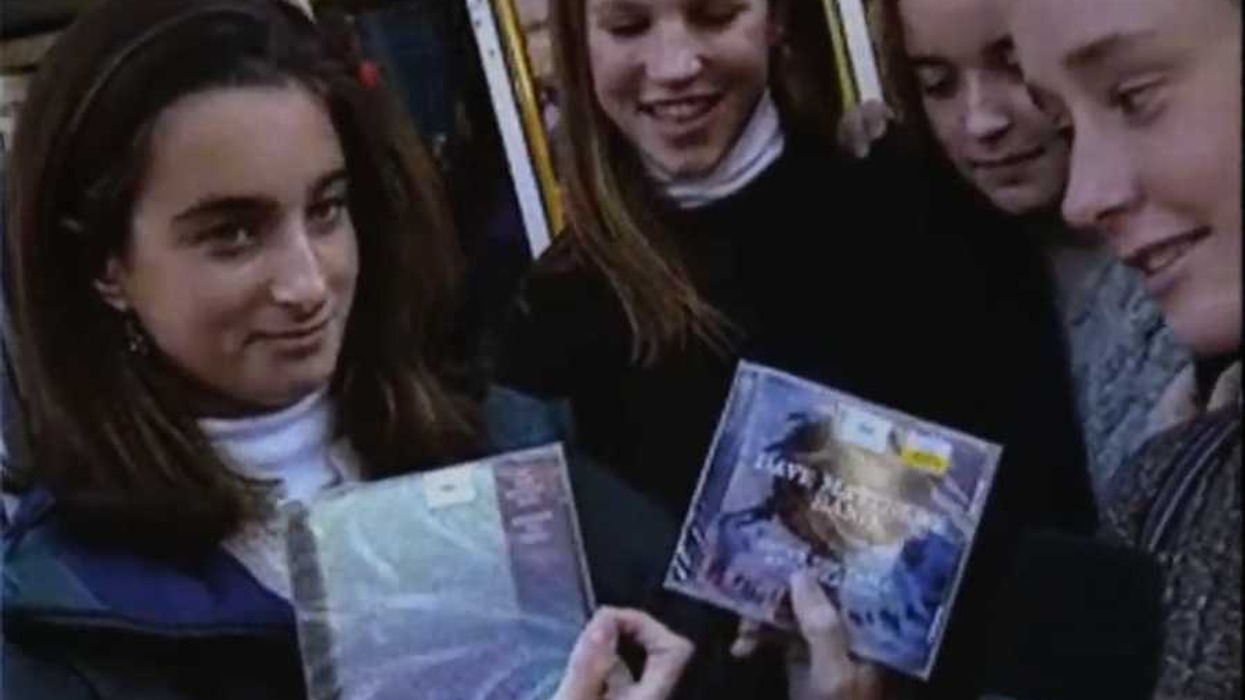



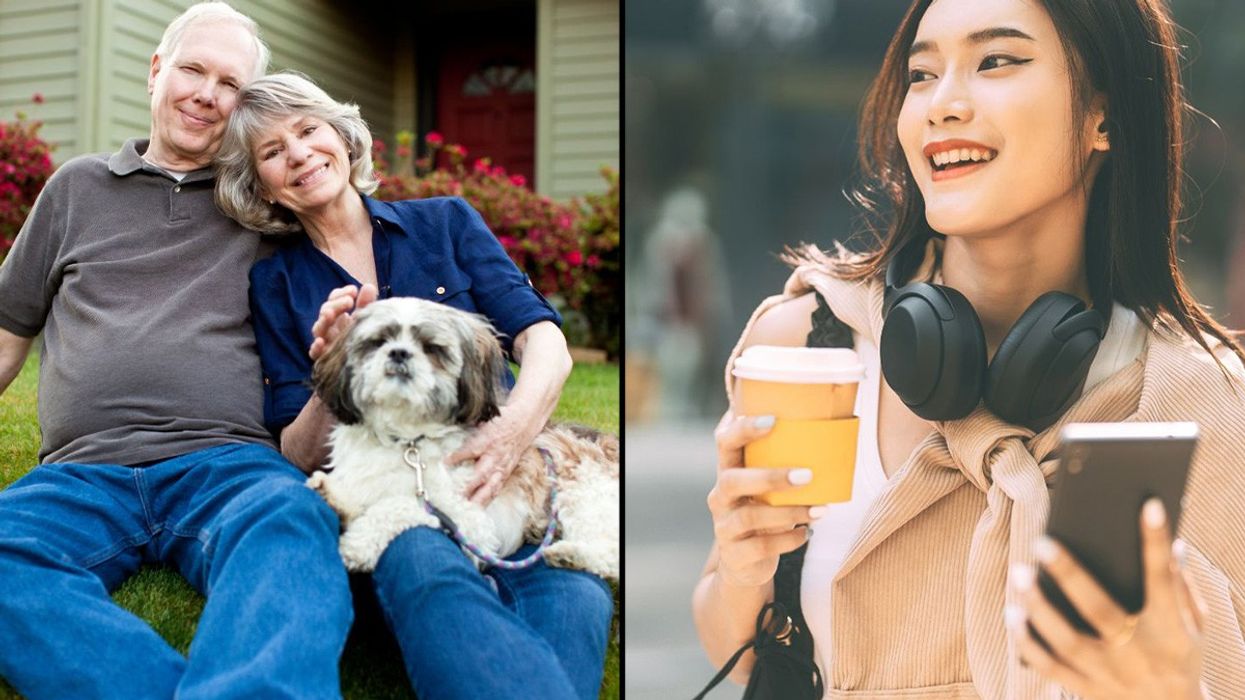

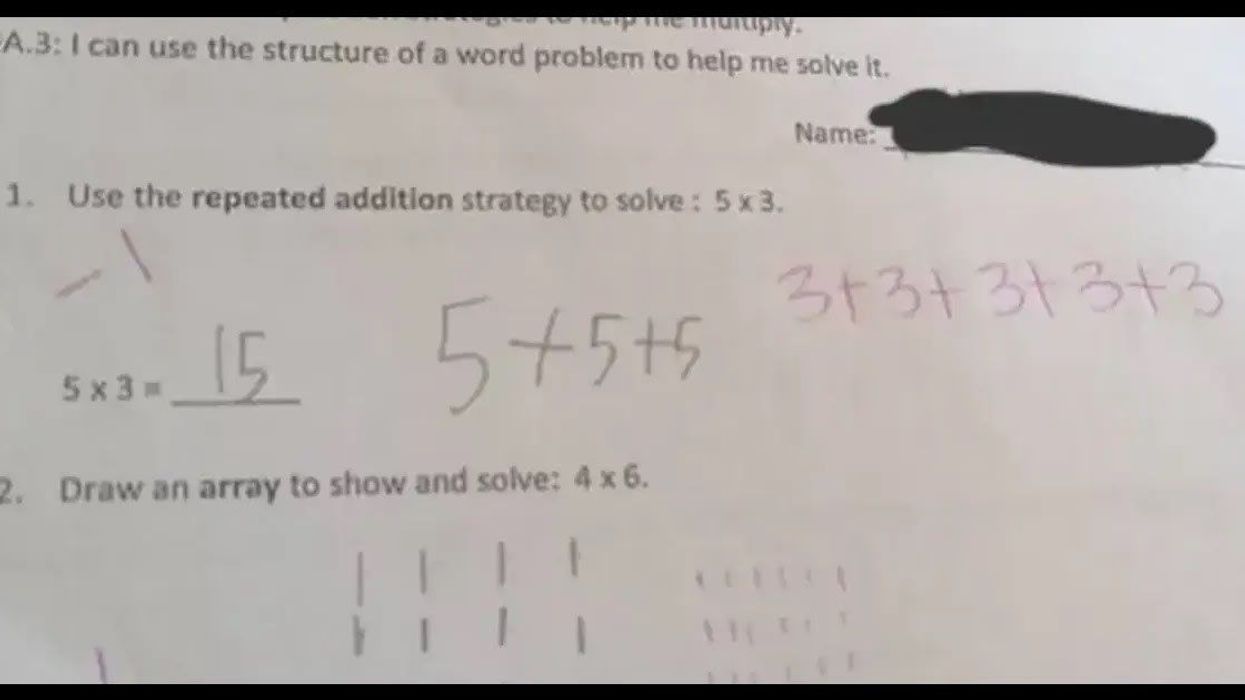


 Image artifacts (diffraction spikes and vertical streaks) appearing in a CCD image of a major solar flare due to the excess incident radiation
Image artifacts (diffraction spikes and vertical streaks) appearing in a CCD image of a major solar flare due to the excess incident radiation

 Ladder leads out of darkness.Photo credit
Ladder leads out of darkness.Photo credit  Woman's reflection in shadow.Photo credit
Woman's reflection in shadow.Photo credit  Young woman frazzled.Photo credit
Young woman frazzled.Photo credit 
 A woman looks out on the waterCanva
A woman looks out on the waterCanva A couple sits in uncomfortable silenceCanva
A couple sits in uncomfortable silenceCanva Gif of woman saying "I won't be bound to any man." via
Gif of woman saying "I won't be bound to any man." via  Woman working late at nightCanva
Woman working late at nightCanva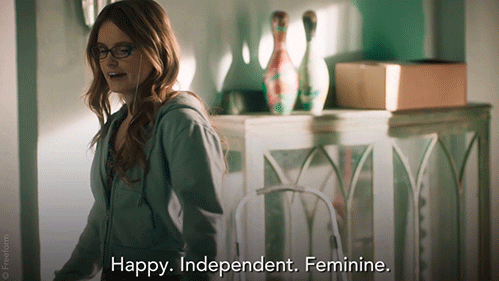 Gif of woman saying "Happy. Independent. Feminine." via
Gif of woman saying "Happy. Independent. Feminine." via 
 Yonaguni Monument, as seen from the south of the formation.
Yonaguni Monument, as seen from the south of the formation. 